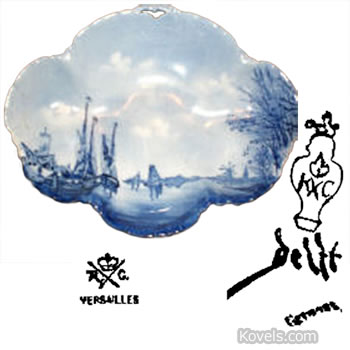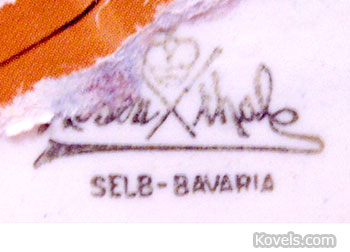Army Soup Bowl
Q: I found a porcelain soup bowl that was hidden in the storage area of my house and remembered the story my mother told me when I was a child, almost 40 years ago. The soup bowl belonged to the head officer of the German Army in the small city of Amfissa, located in central Greece, during the period of the German occupation of Greece (1941-1944). He was staying at the house of my mother’s aunt, whose family was one of the richest of the region and had one of the nicest houses. The officer chose her house as his residence. The bowl remained at the house of my mother’s aunt and was eventually passed to my mother and then to me. Can you help me evaluate the bowl and its significance in the market? The bottom of the bowl is printed with the sign of the German Army and the name of the manufacturer, Rosenthal.
A: Rosenthal and some of the other German porcelain manufacturers made tableware for the German armed forces. The flying eagle is the symbol of the Luftwaffe, the German aerial forces. The letters “Fl.U.V.” stand for Flieger Unterkunfte Verwaltung, which translates as Aviators Accommodations Administration, now called Flight Barracks Administration. The value, depending on size, is about $50 to $150. A copy of the history kept with the bowl might add to the historic value and price.





